| Citation: |
Jiajia Tao, Guang Zeng, Xiaoxi Li, Yang Gu, Wenjun Liu, David Wei Zhang, Hongliang Lu. Surface plasmon assisted high-performance photodetectors based on hybrid TiO2@GaOxNy-Ag heterostructure[J]. Journal of Semiconductors, 2023, 44(7): 072806. doi: 10.1088/1674-4926/44/7/072806
****
J J Tao, G Zeng, X X Li, Y Gu, W J Liu, W Zhang, H L Lu. Surface plasmon assisted high-performance photodetectors based on hybrid TiO2@GaOxNy-Ag heterostructure[J]. J. Semicond, 2023, 44(7): 072806. doi: 10.1088/1674-4926/44/7/072806
|
Surface plasmon assisted high-performance photodetectors based on hybrid TiO2@GaOxNy-Ag heterostructure
DOI: 10.1088/1674-4926/44/7/072806
More Information
-
Abstract
In this work, we reported a high-performance-based ultraviolet-visible (UV-VIS) photodetector based on a TiO2@GaOxNy-Ag heterostructure. Ag particles were introduced into TiO2@GaOxNy to enhance the visible light detection performance of the heterojunction device. At 380 nm, the responsivity and detectivity of TiO2@GaOxNy-Ag were 0.94 A/W and 4.79 × 109 Jones, respectively, and they increased to 2.86 A/W and 7.96 × 1010 Jones at 580 nm. The rise and fall times of the response were 0.19/0.23 and 0.50/0.57 s, respectively. Uniquely, at 580 nm, the responsivity of fabricated devices is one to four orders of magnitude higher than that of the photodetectors based on TiO2, Ga2O3, and other heterojunctions. The excellent optoelectronic characteristics of the TiO2@GaOxNy-Ag heterojunction device could be mainly attributed to the synergistic effect of the type-Ⅱ band structure of the metal–semiconductor–metal heterojunction and the plasmon resonance effect of Ag, which not only effectively promotes the separation of photogenerated carriers but also reduces the recombination rate. It is further illuminated by finite difference time domain method (FDTD) simulation and photoelectric measurements. The TiO2@GaOxNy-Ag arrays with high-efficiency detection are suitable candidates for applications in energy-saving communication, imaging, and sensing networks. -
References
[1] Rathkanthiwar S, Kalra A, Solanke S V, et al. Gain mechanism and carrier transport in high responsivity AlGaN-based solar blind metal semiconductor metal photodetectors. J Appl Phys, 2017, 121, 164502 doi: 10.1063/1.4982354[2] Hwang J D, Yang C C, Chu C M. MgZnO/ZnO two-dimensional electron gas photodetectors fabricated by radio frequency sputtering. ACS Appl Mater Interfaces, 2017, 9, 23904 doi: 10.1021/acsami.7b03201[3] Guo D Y, Chen K, Wang S L, et al. Self-powered solar-blind photodetectors based on α/β phase junction of Ga2O3. Phys Rev Appl, 2020, 13, 024051 doi: 10.1103/PhysRevApplied.13.024051[4] Wu C, Wu F M, Hu H Z, et al. Review of self-powered solar-blind photodetectors based on Ga2O3. Mater Today Phys, 2022, 28, 100883 doi: 10.1016/j.mtphys.2022.100883[5] He C R, Guo D Y, Chen K, et al. α-Ga2O3 nanorod array–Cu2O microsphere p–n junctions for self-powered spectrum-distinguishable photodetectors. ACS Appl Nano Mater, 2019, 2, 4095 doi: 10.1021/acsanm.9b00527[6] Dubourg G, Radović M. Multifunctional screen-printed TiO2 nanoparticles tuned by laser irradiation for a flexible and scalable UV detector and room-temperature ethanol sensor. ACS Appl Mater Interfaces, 2019, 11, 6257 doi: 10.1021/acsami.8b19976[7] Khan I, Qurashi A, Berdiyorov G, et al. Single-step strategy for the fabrication of GaON/ZnO nanoarchitectured photoanode their experimental and computational photoelectrochemical water splitting. Nano Energy, 2018, 44, 23 doi: 10.1016/j.nanoen.2017.11.050[8] Qin Y, Li L H, Zhao X L, et al. Metal–semiconductor–metal ε-Ga2O3 solar-blind photodetectors with a record-high responsivity rejection ratio and their gain mechanism. ACS Photonics, 2020, 7, 812 doi: 10.1021/acsphotonics.9b01727[9] Zheng L X, Hu K, Teng F, et al. Novel UV–visible photodetector in photovoltaic mode with fast response and ultrahigh photosensitivity employing Se/TiO2 nanotubes heterojunction. Small, 2017, 13, 1602448 doi: 10.1002/smll.201602448[10] Wang J L, Li S P, Wang T T, et al. Solution-processed Sb2Se3 on TiO2 thin films toward oxidation- and moisture-resistant, self-powered photodetectors. ACS Appl Mater Interfaces, 2020, 12, 38341 doi: 10.1021/acsami.0c09180[11] Jeong K, Deshmukh P R, Park J, et al. ZnO-TiO2 core–shell nanowires: A sustainable photoanode for enhanced photoelectrochemical water splitting. ACS Sustainable Chem Eng, 2018, 6, 6518 doi: 10.1021/acssuschemeng.8b00324[12] Feng W J, Lin L Y, Li H J, et al. Hydrogenated TiO2/ZnO heterojunction nanorod arrays with enhanced performance for photoelectrochemical water splitting. Int J Hydrog Energy, 2017, 42, 3938 doi: 10.1016/j.ijhydene.2016.10.087[13] Kim H S, Jeon S H, Park J S, et al. Anion control as a strategy to achieve high-mobility and high-stability oxide thin-film transistors. Sci Rep, 2013, 3, 1459 doi: 10.1038/srep01459[14] Koo A, Budde F, Ruck B J, et al. Photoconductivity in nanocrystalline GaN and amorphous GaON. J Appl Phys, 2006, 99, 034312 doi: 10.1063/1.2170400[15] Hu C C, Lee Y L, Teng H. Influence of indium doping on the activity of gallium oxynitride for water splitting under visible light irradiation. J Phys Chem C, 2011, 115, 2805 doi: 10.1021/jp1105983[16] Raza M H, Kaur N, Comini E, et al. Toward optimized radial modulation of the space-charge region in one-dimensional SnO2-NiO core-shell nanowires for hydrogen sensing. ACS Appl Mater Interfaces, 2020, 12, 4594 doi: 10.1021/acsami.9b19442[17] Ismail F M, O'Neil D, Youssef T, et al. Ultrafast laser dynamics of metal organic frameworks/TiO2 nano-arrays hybrid composites for energy conversion applications. J Energy Chem, 2019, 29, 88 doi: 10.1016/j.jechem.2018.02.017[18] Yang D M, Ren Y X, Du F Q, et al. Enhanced response speed of TiO2 nanoarrays based all solid-state ultraviolet photodetector via SiO2 dielectric layer. J Alloys Compd, 2021, 867, 159053 doi: 10.1016/j.jallcom.2021.159053[19] Brolo A G. Plasmonics for future biosensors. Nat Photonics, 2012, 6, 709 doi: 10.1038/nphoton.2012.266[20] Kale M, Christopher P. Plasmons at the interface. Science, 2015, 349, 587 doi: 10.1126/science.aac8522[21] Mubeen S, Lee J, Lee W, et al. On the plasmonic photovoltaic. ACS Nano, 2014, 8, 6066 doi: 10.1021/nn501379r[22] García de Arquer F P, Mihi A, Kufer D, et al. Photoelectric energy conversion of plasmon-generated hot carriers in metal-insulator-semiconductor structures. ACS Nano, 2013, 7, 3581 doi: 10.1021/nn400517w[23] Bechambi O, Chalbi M, Najjar W, et al. Photocatalytic activity of ZnO doped with Ag on the degradation of endocrine disrupting under UV irradiation and the investigation of its antibacterial activity. Appl Surf Sci, 2015, 347, 414 doi: 10.1016/j.apsusc.2015.03.049[24] Huang H L, Hou X L, Xiao J R, et al. Effect of annealing atmosphere on the performance of TiO2 nanorod arrays in photoelectrochemical water splitting. Catal Today, 2019, 330, 189 doi: 10.1016/j.cattod.2018.04.011[25] Abd-Lefdil M, Diaz R, Bihri H, et al. Preparation and characterization of sprayed FTO thin films. Eur Phys J Appl Phys, 2007, 38, 217 doi: 10.1051/epjap:2007090[26] Jung Y, Ahn J, Baik K H, et al. Chemical etch characteristics of N-face and Ga-face GaN by phosphoric acid and potassium hydroxide solutions. J Electrochem Soc, 2011, 159, H117 doi: 10.1149/2.039202jes[27] Asakura Y, Inaguma Y, Ueda K, et al. Synthesis of gallium oxynitride nanoparticles through hydrothermal reaction in the presence of acetylene black and their photocatalytic NOx decomposition. Nanoscale, 2018, 10, 1837 doi: 10.1039/C7NR07502B[28] Cailleaux X, del Carmen Marco de Lucas M, Merdrignac-Conanec O, et al. Structural study of gallium oxynitrides prepared by ammonolysis of different oxide precursors. J Phys D: Appl Phys, 2009, 42, 045408 doi: 10.1088/0022-3727/42/4/045408[29] Maeda K, Teramura K, Takata T, et al. Overall water splitting on (Ga1-xZnx)(N1-xOx) solid solution photocatalyst: relationship between physical properties and photocatalytic activity. J Phys Chem B, 2005, 109, 20504 doi: 10.1021/jp053499y[30] Yang Z W, Wang B, Cui H, et al. Synthesis of crystal-controlled TiO2 nanorods by a hydrothermal method: Rutile and brookite as highly active photocatalysts. J Phys Chem C, 2015, 119, 16905 doi: 10.1021/acs.jpcc.5b02485[31] Hattori A N, Endo K, Hattori K, et al. Surface treatments toward obtaining clean GaN(0001) from commercial hydride vapor phase epitaxy and metal-organic chemical vapor deposition substrates in ultrahigh vacuum. Appl Surf Sci, 2010, 256, 4745 doi: 10.1016/j.apsusc.2010.03.001[32] Zhang L, Wang S Z, Shao Y L, et al. One-step fabrication of porous GaN crystal membrane and its application in energy storage. Sci Rep, 2017, 7, 44063 doi: 10.1038/srep44063[33] Maeda K, Domen K. Oxynitride materials for solar water splitting. MRS Bull, 2011, 36, 25 doi: 10.1557/mrs.2010.4[34] Yu D H, Yu X D, Wang C H, et al. Synthesis of natural cellulose-templated TiO2/Ag nanosponge composites and photocatalytic properties. ACS Appl Mater Interfaces, 2012, 4, 2781 doi: 10.1021/am3004363[35] Shi H X, Chen J Y, Li G Y, et al. Synthesis and characterization of novel plasmonic Ag/AgX-CNTs (X = Cl, Br, I) nanocomposite photocatalysts and synergetic degradation of organic pollutant under visible light. ACS Appl Mater Interfaces, 2013, 5, 6959 doi: 10.1021/am401459c[36] Li L, Zhang X L, Zhang W Z, et al. Microwave-assisted synthesis of nanocomposite Ag/ZnO–TiO2 and photocatalytic degradation Rhodamine B with different modes. Colloids Surf A Physicochem Eng Aspects, 2014, 457, 134 doi: 10.1016/j.colsurfa.2014.05.060[37] Karbalaei Akbari M, Hai Z Y, Wei Z H, et al. ALD-developed plasmonic two-dimensional Au-WO3-TiO2 heterojunction architectonics for design of photovoltaic devices. ACS Appl Mater Interfaces, 2018, 10, 10304 doi: 10.1021/acsami.7b17508[38] Yang C P, Chang S P, Chang S J, et al. Bandgap engineered ultraviolet photodetectors with gallium-zinc-oxide via Co-sputtering method. ECS J Solid State Sci Technol, 2018, 7, Q3083 doi: 10.1149/2.0151807jss[39] Ouyang W X, Teng F, Fang X S. High performance BiOCl nanosheets/TiO2 nanotube arrays heterojunction UV photodetector: The influences of self-induced inner electric fields in the BiOCl nanosheets. Adv Funct Mater, 2018, 28, 1707178 doi: 10.1002/adfm.201707178[40] Xu X J, Chen J X, Cai S, et al. A real-time wearable UV-radiation monitor based on a high-performance p-CuZnS/n-TiO2 photodetector. Adv Mater, 2018, 30, 1803165 doi: 10.1002/adma.201803165[41] Zheng L X, Deng X L, Wang Y Z, et al. Self-powered flexible TiO2 fibrous photodetectors: Heterojunction with P3HT and boosted responsivity and selectivity by Au nanoparticles. Adv Funct Mater, 2020, 30, 2001604 doi: 10.1002/adfm.202001604[42] Zhou M, Wu B Z, Zhang X T, et al. Preparation and UV photoelectric properties of aligned ZnO-TiO2 and TiO2-ZnO core-shell structured heterojunction nanotubes. ACS Appl Mater Interfaces, 2020, 12, 38490 doi: 10.1021/acsami.0c03550[43] Zhang Y, Xu W X, Xu X J, et al. Low-cost writing method for self-powered paper-based UV photodetectors utilizing Te/TiO2 and Te/ZnO heterojunctions. Nanoscale Horiz, 2019, 4, 452 doi: 10.1039/C8NH00401C[44] Joshna P, Hazra A, Chappanda K N, et al. Fast response of UV photodetector based on Ag nanoparticles embedded uniform TiO2 nanotubes array. Semicond Sci Technol, 2020, 35, 015001 doi: 10.1088/1361-6641/ab52f1[45] Zhou X, Zhang Q, Gan L, et al. High-performance solar-blind deep ultraviolet photodetector based on individual single-crystalline Zn2GeO4 nanowire. Adv Funct Mater, 2016, 26, 704 doi: 10.1002/adfm.201504135[46] Zhang Y F, Chen X H, Xu Y, et al. Anion engineering enhanced response speed and tunable spectral responsivity in gallium-oxynitrides-based ultraviolet photodetectors. ACS Appl Electron Mater, 2020, 2, 808 doi: 10.1021/acsaelm.9b00853[47] Ma H P, Li X X, Yang J H, et al. Composition and properties control growth of high-quality GaOxNy film by one-step plasma-enhanced atomic layer deposition. Chem Mater, 2019, 31, 7405 doi: 10.1021/acs.chemmater.9b02061[48] Dubey A, Mishra R, Hsieh Y H, et al. Aluminum plasmonics enriched ultraviolet GaN photodetector with ultrahigh responsivity, detectivity, and broad bandwidth. Adv Sci, 2020, 7, 2002274 doi: 10.1002/advs.202002274 -
Supplements
 22120028SI.pdf
22120028SI.pdf

-
Proportional views

§J.-J.T. and G.Z. contributed equally to this work.




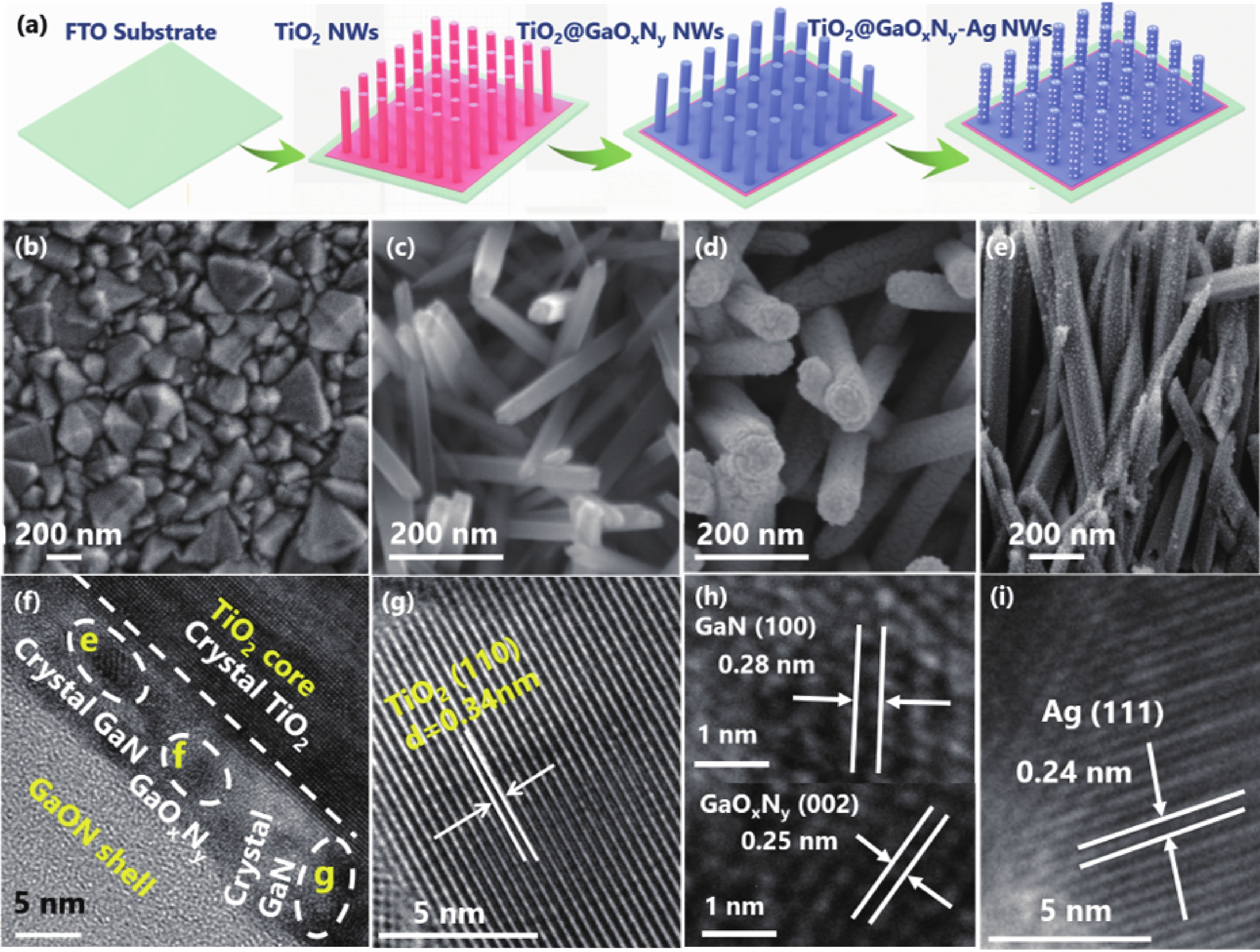
 DownLoad:
DownLoad:
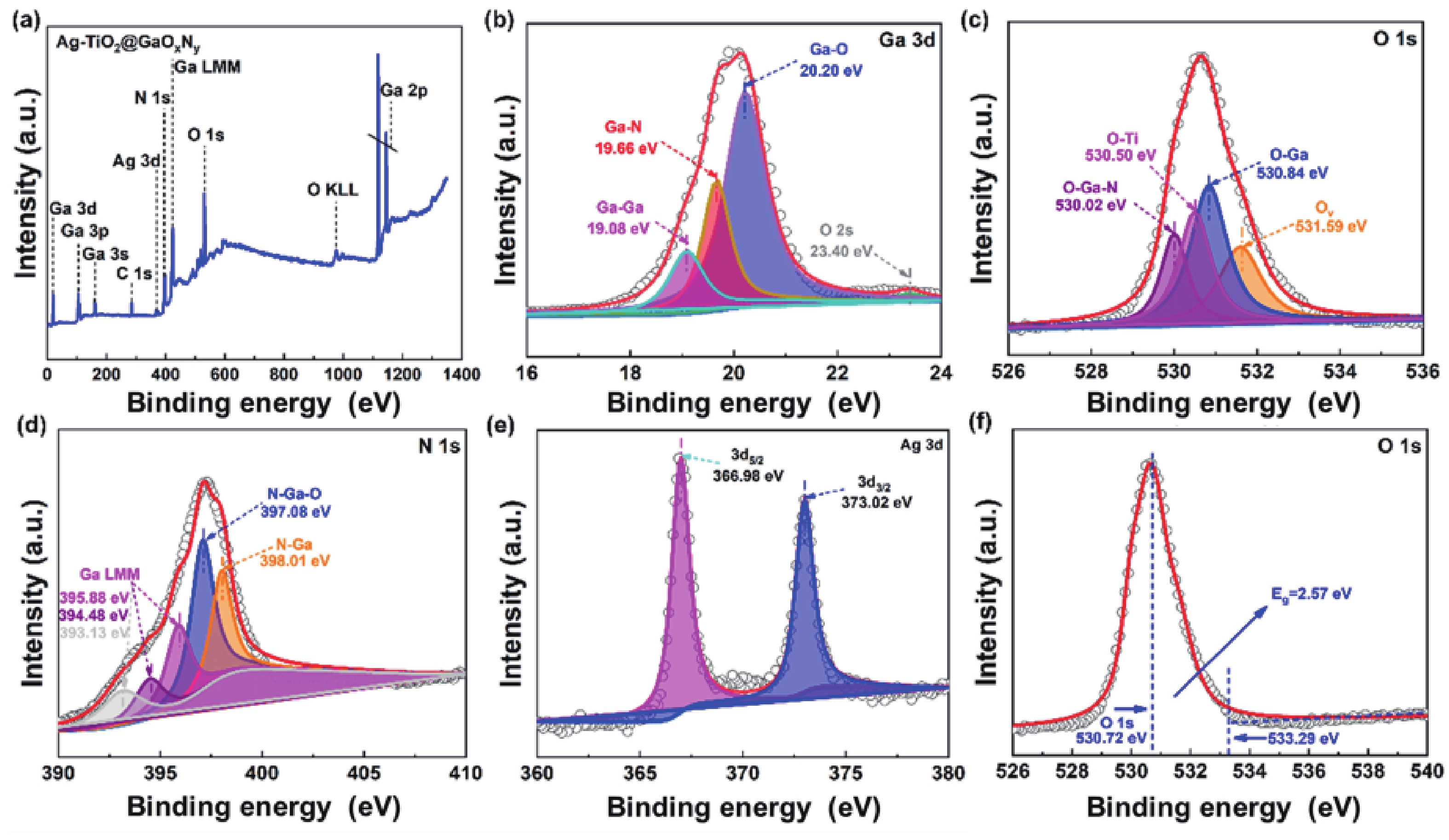
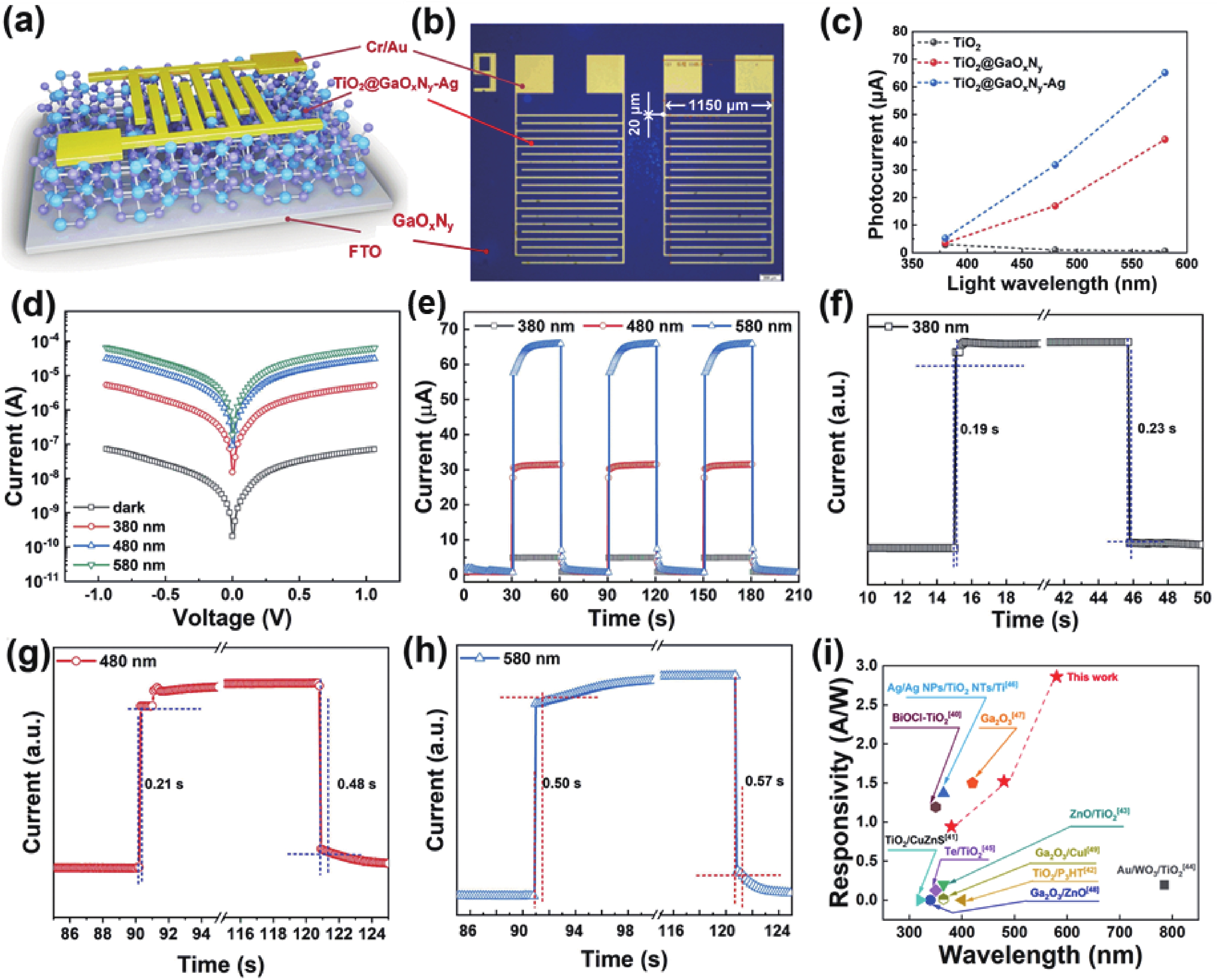

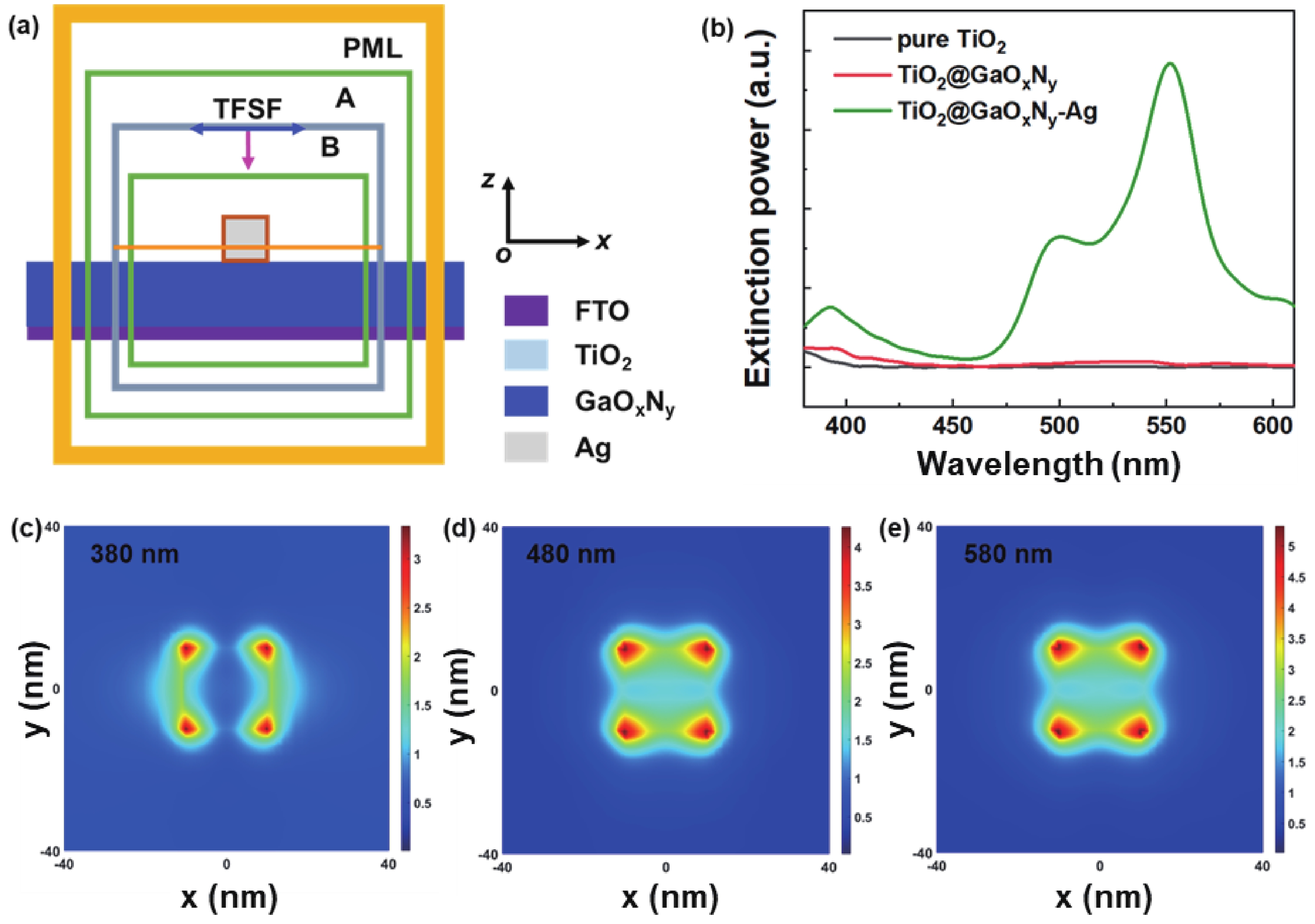
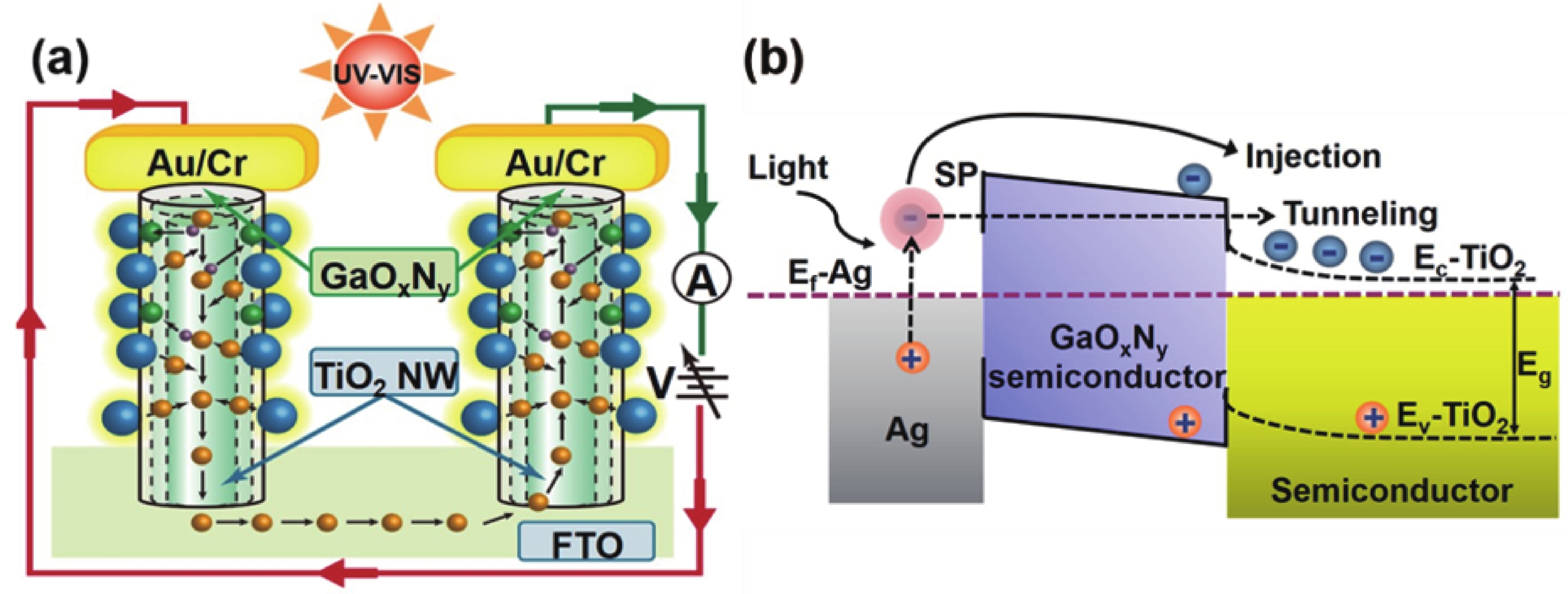










 Jiajia Tao:received the Ph.D. degree in School of Microelectronics, Fudan University, Shanghai, China. He is currently a senior engineer in the 50th Research Institute of China Electronics Technology Group Corporation, Shanghai, China. His main research interests include ALD Ga2O3-based photodetectors, low-dimensional material optoelectronic devices, and functional module design for Si-based chips
Jiajia Tao:received the Ph.D. degree in School of Microelectronics, Fudan University, Shanghai, China. He is currently a senior engineer in the 50th Research Institute of China Electronics Technology Group Corporation, Shanghai, China. His main research interests include ALD Ga2O3-based photodetectors, low-dimensional material optoelectronic devices, and functional module design for Si-based chips Guang Zeng:is a Ph.D. candidate in School of Microelectronics, Fudan University, Shanghai, China. His main research interests include solar-blind photodetectors based on β-Ga2O3, waveguide-integrated low-dimensional material photodetectors, and low-dimensional material optoelectronic devices
Guang Zeng:is a Ph.D. candidate in School of Microelectronics, Fudan University, Shanghai, China. His main research interests include solar-blind photodetectors based on β-Ga2O3, waveguide-integrated low-dimensional material photodetectors, and low-dimensional material optoelectronic devices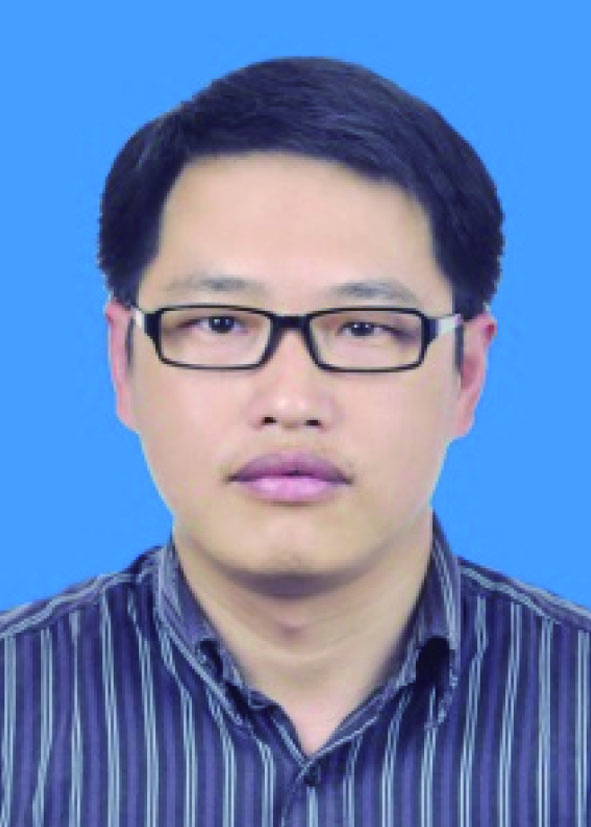 Hongliang Lu:is a professor and doctoral supervisor in the School of Microelectronics, Fudan University. His main research direction is new semiconductor materials and devices for the next generation of Integrated Circuit (IC) technology. In the meantime, he has published more than 200 papers in international academic journals and 20 domestic patents
Hongliang Lu:is a professor and doctoral supervisor in the School of Microelectronics, Fudan University. His main research direction is new semiconductor materials and devices for the next generation of Integrated Circuit (IC) technology. In the meantime, he has published more than 200 papers in international academic journals and 20 domestic patents





